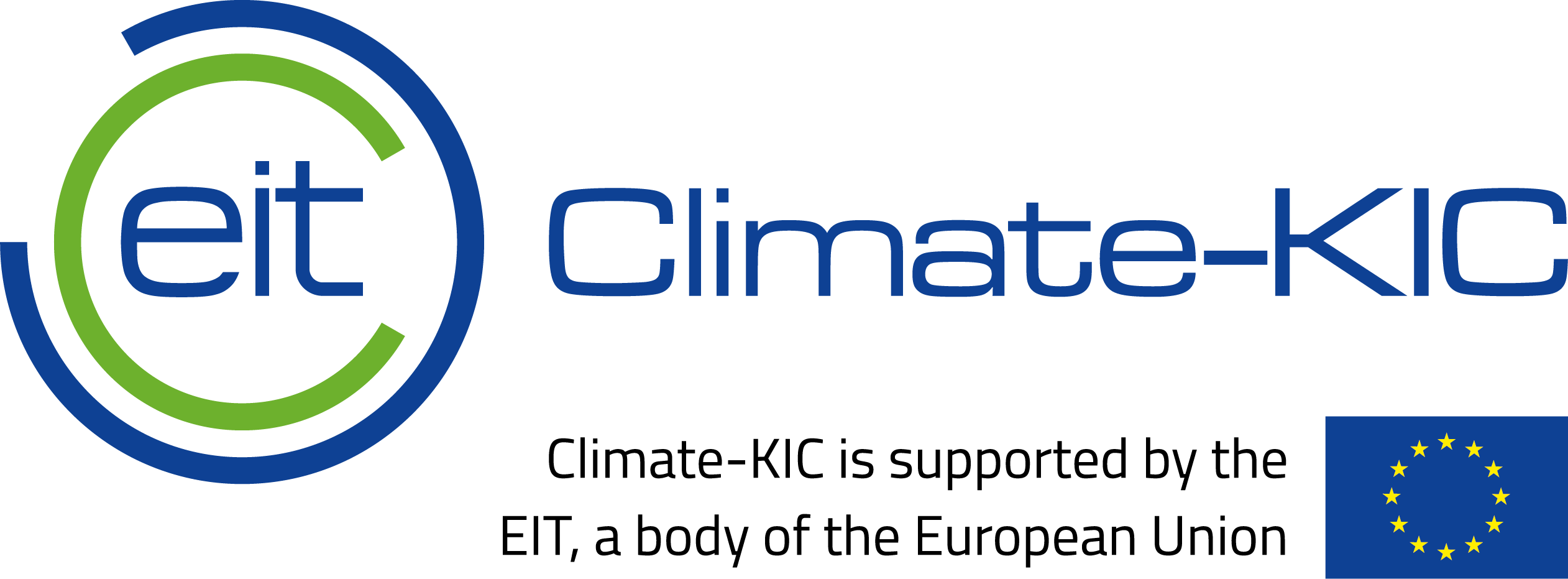- Use a no-code visual editor to convert your mental model to a formalized graph model.
- Iterate easily on your model as you learn new things.
- Load data into your model via forms and spreadsheets, or easily crowdsource the data collection.
Try the Exaptive Studio or Cognitive City®
Exaptive Studio
Cognitive City®
Product Comparison
Feature
Studio
Cognitive City
Model Builder
Auto-Generated Data Entry Forms
- Web-based data-entry forms are created automatically for you based on your model.
- Customize the forms with prompts, instructions, and various UI elements.
- Use them individually to quickly enter data, or send them out as surveys for crowdsourced collection.
Bulk Data Import
- Drag an appropriately formatted Excel workbook into the importer to bulk load row-and-column data into your network model.
- Import an entire model with multiple entities at once or import incrementally as new data becomes available.
Data Curator
- Review the data in your model and merge, split, correct, or delete as needed.
- Use the curator to evolve from an uncontrolled vocabulary to a controlled vocabulary.
- Use the curator to experiment iteratively with taxonomies and ontologies.
Exploratory Viewer
- Visualize different aspects of your data model as a network.
- Style the nodes and edges of the network to support data storytelling and intutive exploratory analysis.
- Make details about every node available through structured data fields, rich text, and embedded images and video.
- Add action buttons that support data entry, annotation, and curation to evolve the visualization into a fully-featured data application that supports a use-case specific workflow.
Faceted Search
- Provide users with a familiar faceted search interface as an alternative to network visualizations.
- Harness the power of the underlying network to help people find results even when they aren't searching for the right terms.
- Customize the data provided with each result.
- Use AI to auto-generate meaningful search facets using the Termscape.
Termscape
- Analyze unstructured text to find patterns, common concepts, and relationships, without any programming required.
- Automatically cluster elements together based on shared concepts.
- Generate an interactive visualization of the conceptual landscape represented by the text.
- Customize the elements and fields analyzed, and the vocabulary included, to drill-in to specific topics and use-cases.
- Use the metadata generated from the Termscape to augment the Exploratory Viewer and Faceted Search interfaces.
Matchmaker
- Find "needle in the haystack" optimal combinations of elements based on user-configured targets.
- Use the Matchmaker with data about people and skills to find optimal team configurations.
- Use the Matchmaker with data about projects to find collaboration opportunities or optimize a portfolio.
- Use the Matchmaker with data about work artifacts to maximize the potential for reuse and repurposing.
Configure Top-Level Navigation
- Customize the navbar of your Studio or City to make tools readily available
- Create custom nested menus to organize your work in the way that makes the most sense for your use-case.
Configure Branding
- Change the look-and-feel of the Cognitive City to reflect your own brand.
- Whitelabeling means that invited users don't need to know anything about "Exaptive", just your organization.
- Update the links to terms of service and privacy policy to your own documents.
Invite Users
- Invite specific users and customize the invitation email they receive.
- Allow access to anyone from a specific email domain, if desired.
- Configure notifications so that you know when users are joining your Cognitive City.
Crowdsource Data Collection
- Web-based data entry available through the navbar, homepage, and/or network views allow users to contribute what they know about different parts of the model.
- Asynchonous online data collection allows you to quickly build a complete picture by connecting together the individual knowledge of diverse stakeholders.
- Autocomplete options that take into account previous user entries allow for the evolution of a controlled vocabulary which can be curated by City administrators.
- This allows for the digitization of "tribal knowledge" and allows you to capture implicit, tacit, knowledge that isn't stored in any explicit database.
Customizable User Onboarding
- Create onboarding surveys using the auto-generated data entry forms as starting points.
- New users become immediately part of a community network based on the answers provided.
- Allow users to enter data about additional element types (e.g. projects, organizations, datasets) during onboarding.
- Use the onboarding metadata to provide content and/or collaboration recommendations based on scenarios configured in the Matchmaker.
Facilitated Collective Intelligence
- Combines the crowdsourced data collection and the interactive network visualizations of the Cognitive City with Exaptive's meeting facilitation methodology co-developed with the European Union's Institute of Innovation and Technology.
- Allow your stakeholders to provide individual contributions asyncronously.
- Use the Exploratory Viewer to show them how those individual contributions connect together into a larger network.
- Facilitate a discussion about both the commonality and differences illuminated in the network.
- Use real-time curation tools to evolve the network over the course of the conversation as the group gains shared understanding.
- Capture ideas that emerge from the facilitation as "sparks", or other artifacts of interest.
- Allow participants to continue to push forward ideas that emerged from the meeting asynchronously after the meeting is over.
- Methodology works for both in-person and virtual meetings.
- Allows facilitators to be able to show the impact of their faciltiation through both qualitative before/after images and quantitative metrics.
Customizable User Homepage
- The default Cognitive City homepage options allow users to easily edit data they have previously entered.
- Customize the homepage by embedding views and recommendations, or updating to custom HTML for specific use-cases.
Integrate 3rd Party Authentication
- Use a third-party identity provider to login to your Studio or City (e.g. Login with Google)
- Integrate with your organization's identity provider.
Role-based Access Control
- Create custom roles suited to your use-case.
- Assign role-based access to particular views and tools.
- Customize the navbar menu based on role so that users see just the options applicable to them.
Share Views Publicly
- Share network visualizations and interactive tables with others via publicly available URLs.
- Configure the options available to users when accessed via public url to restrict capabilities as desired.
Embed Views on Your Website
- Embed a network or table visualization within your own website to support whitelabel access.
- Provide user self-service options, if desired, to allow your community to update the data in the view.
Some of our clients



